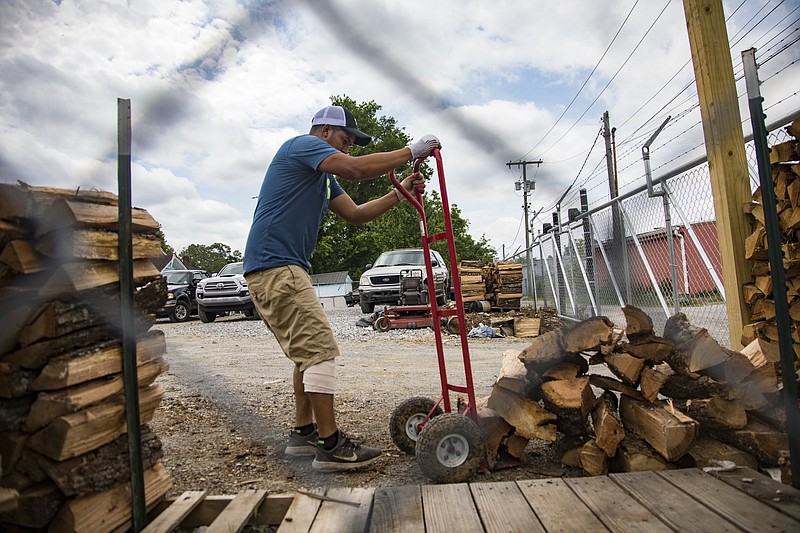A data analysis firm in Nashville is warning that Hamilton County is especially vulnerable to COVID-19 due to its demographics and other social, physical and environmental factors.
When COVID-19 emerged, Decode Health began using its software to determine the Tennessee counties where people are most at risk of being hospitalized or dying from the disease.
Company founder Chase Spurlock, who holds a doctoral degree in microbiology and immunology, said Decode's analysis considers social factors that contribute to COVID-19 outcomes, such as county demographics, socioeconomic status, food insecurity, education, transportation access and the prevalence of chronic disease.
Last year, the Hamilton County Health Department released its updated "Picture of Our Health" report. The report is updated periodically and provides a broad impression of the health of Hamilton County residents compiled from local, state and federal data sources. The health department and Regional Health Council use the report to prioritize and address the community's health needs.
One of the key takeaways was the need to reduce health disparities. Black residents of the county are more likely than whites to die or get sick from certain health conditions, including diabetes, heart disease, cancer, stroke, high blood pressure and kidney disease, according to the report. Hamilton County also has a higher percentage of African American and black residents than the state and country as a whole.
Spurlock said these same disparities and higher rates of chronic disease play out in COVID-19 and make Hamilton County more susceptible to poor coronavirus outcomes.
"Our goal is to give the best information to the decision makers so that they can be proactive in their management of COVID-19 and have access to early insights so that we can capture trends quickly and we're not faced with a situation where we are waiting until the hospitalizations and deaths occur before taking steps to mitigate the risk," Spurlock said. "Areas that have higher percentage populations of African Americans were at greater risk for poor outcomes and case growth, areas where they had higher proportions of chronic diseases and disability, we saw increased risk for poor outcomes.
"We're also seeing growth in Hispanic and Asian populations and communities that lacked English language proficiency, and also a growth in the rural - so it's not just the populous counties."
Tracking COVID-19 and spotting patterns is dependent on good data, Spurlock said. Ideally, counties would be tracking testing data, cases, hospitalizations and deaths down to the ZIP code level.
In less than two weeks, a single ZIP code representing some of Chattanooga's most at-risk neighborhoods went from several COVID-19 cases to being approximately one of every six local cases, the Times Free Press reported.
The 37407 area, containing the Clifton Hills and East Lake neighborhoods, represents less than 3% of Hamilton County's population and is now home to between 10% and 18% of the county's COVID-19 cases, according to data from the Hamilton County Health Department.
The 37407 area is also more racially diverse than the rest of the county, with nearly 40% of residents being black or African American and more than 25% Hispanic, according to U.S. Census Bureau data.
The health department said focusing on ZIP codes is not necessarily the best approach.
"Individuals travel about in the county to work, shop, attend school and/or other functions," health department officials said in an emailed statement. "We feel focus on following the basic prevention practices (social distancing; wearing of masks when out in public or in places where distance; not going to work when sick; and covering your cough) would be more helpful than focusing on specific ZIP codes."
Spurlock said breaking data down by ZIP code is helpful, because "just going one ZIP code over could be a major shift in socioeconomic status, average household income, the number of people per household, and those are very important factors for COVID outcomes."
Contact Elizabeth Fite at efite@timesfreepress.com.
